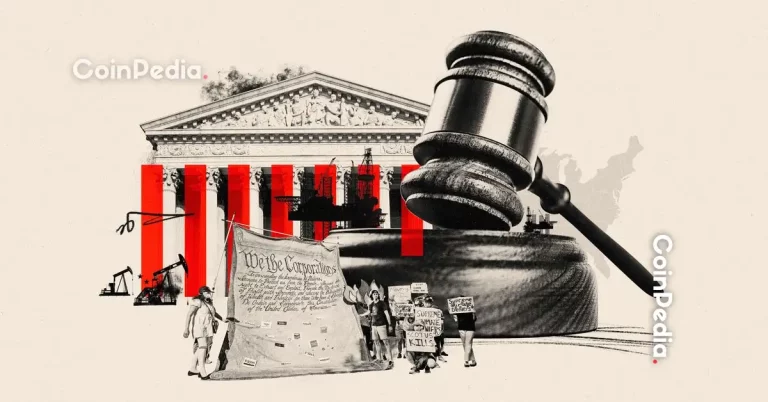
The Supreme Court is currently deliberating on a monumental case that raises critical questions about the extent of presidential authority in U.S. trade policy. This decision could reshape not just the economic strategies presidents employ, but also the stability and predictability of markets worldwide.
Supreme Court Raises Doubts on Presidential Unilateral Tariff Powers
At the heart of the case is whether a president should have the unilateral power to impose sweeping tariffs without congressional oversight. Former President Donald Trump’s tariffs on steel, aluminum, and Chinese imports have been cited as examples of executive overreach that disrupted supply chains globally. During recent oral arguments, multiple justices expressed skepticism about the legal framework that allowed such policies under emergency provisions.
If the Court rules to limit presidential powers, it would mark a significant shift in U.S. trade policy, placing future decision-making under stricter legislative control. This move could enhance transparency and accountability, ensuring industry and global trading partners experience less volatility from abrupt policy changes.
Markets React to Tariff Odds Drop
Market data highlights an immediate reaction to the Court’s proceedings. The odds of Trump reinstating his expansive tariff authority have dropped sharply to just 21%, down from over 30% prior to the hearing, as calculated by Kalshi. This reflects growing consensus among traders and economists that the Court is likely to curb unchecked presidential power in trade matters. Walter Bloomberg (@DeItaone) shared that market expectations now lean toward greater legislative involvement and predictability.
Futures linked to U.S. manufacturing indices experienced slight gains after the hearing, as investors anticipate a less volatile trade environment. For businesses in manufacturing, energy, and agriculture—the sectors most affected by tariff risks—stability would be a welcome change.
Potential Outcomes for U.S. Trade Policy
The Supreme Court’s upcoming decision could set a precedent with far-reaching implications. Restricting executive trade powers would mean new tariffs require congressional approval, potentially slowing down the process but adding much-needed oversight. On the flip side, upholding existing presidential powers might reignite fears of unpredictable policy changes similar to those between 2018 and 2020.
Lawmakers in Washington, D.C., are already preparing for both scenarios. While some advocate for restoring the balance of power between Congress and the presidency, others argue that excessive restrictions could weaken the U.S.’s ability to respond to foreign trade manipulation and protect domestic industries effectively.
How Businesses Can Prepare
With this ruling poised to redefine trade policy, business owners and industry leaders should prepare for potential shifts. A valuable resource to consider is this trade policy guidebook, which provides insights into navigating changes in tariffs and international trade regulations.
As the final decision nears, the results are expected to provide clarity to investors and trading partners, calming markets and reducing turbulence in the global economy.
Stay tuned for updates on this historic ruling and its implications for the future of U.S. trade.



